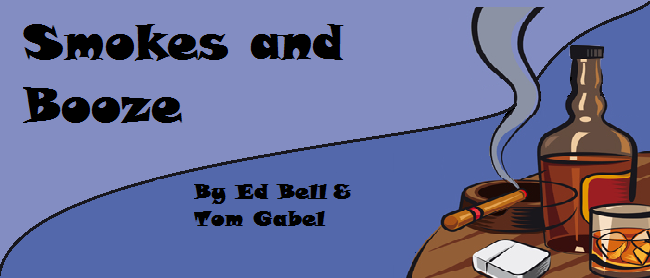Interesting read on the what we affectionately call The Pub.
The Rise and Fall of the British Pub
Taverns, which principally served wine, alehouses and travellers' inns had existed for centuries, but the concept of a "pub", where customers could drink, watch spectacles such as cock fights and carry out local business was new.
These establishments boomed in the early 1700s, springing up all over the country to capitalise on soaring sales of cheap gin.
The country's thirst for the spirit, and the rising number of "gin palaces", was of such concern to authorities that the 1971 Gin Act was introduced, leading to restrictions on its sale.
Perhaps less commendably, politicians also attempted to curb the nation's interest in gin by encouraging them to drink beer, which politicians felt was a "more wholesome and temperate beverage".
The Beer Act of 1930 allowed home owners to brew and sell their own beer – in effect setting up their own pubs – for a single payment of two guineas.
The result was the opening of up to 30,000 new "beerhouses", which were much closer in appearance to the modern pub.
In terms of politicians' aim of reducing public drunkenness, the Beer Act was a disaster. One observer, writing in 1831, said: "Everybody is drunk. Those who are not singing are sprawling."
Licensing restrictions were brought in by the 1869 Wine and Beerhouse Act, finally curbing the number of pubs across the country as landlords complained they could no longer make a profit.
Over the course of the 19th century serving bars became popular in pubs, while the invention of beer engines meant beer could be pumped out through pipes from barrels kept below ground, meaning beer could be served more quickly.
Another trend saw publicans become tenants as breweries gradually took over pubs which formerly served their own home-made beer.
Attempts to reduce the number of pubs in Britain continued and in 1904 a new law enabled authorities to forcibly shut down drinking establishments in exchange for compensation. 10 per cent of the country's pubs were shut within a decade.
Things turned from bad to worse for publicans during the First World War, with much of the public feeling drunkenness was no longer appropriate.
Higher prices of alcohol and a drive towards sobriety, publicly endorsed by King George V, saw profits slide while further legislations restricted opening times even further.
In contrast, the Second World War was something of a renaissance for the pub, which was seen as crucial in fostering community spirit and was boosted by rising numbers of female patrons.
Since the 1950s, the number of pubs has been in steady decline with people increasingly using different types of premises such as wine bars.
With up to five pubs closing every day in England and five in six people claiming they no longer drink alcohol, it seems unlikely the slide will soon come to an end.
The Local: A History of the English Pub by Paul Jennings is available from The History Press from Jan 28, £12.99





No comments:
Post a Comment